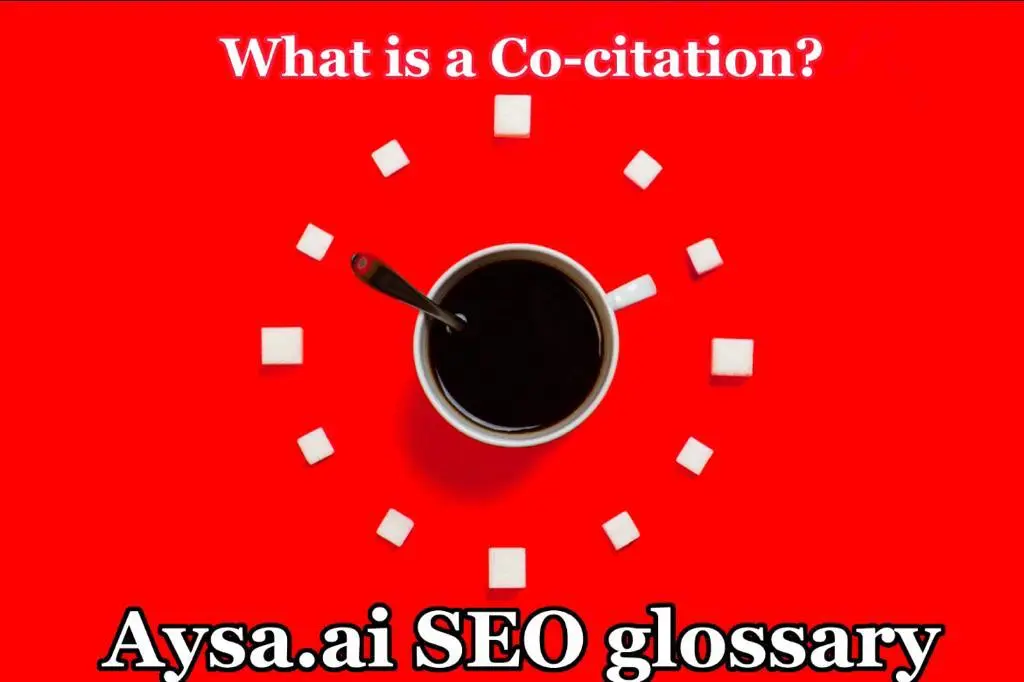
What is co-citation in SEO for Google and how does it help your SEO strategy?
Co-citation in SEO refers to the mutually beneficial relationship that arises when websites discuss interconnected topics, concepts, and reference each other. It plays a crucial role in influencing search engine rankings by considering the contextual relevance of the surrounding words within links. While link building is a well-known strategy, it is not favoured by Google.
How does co-citation work?

This is where co-citation comes into play (along with co-occurrence, which we’ll explore in the next section). This simply means that a website is mentioned by two different sources, even if they are not directly linked. It’s a straightforward concept. For instance, if multiple websites mention Search Engine Journal without necessarily providing a hyperlink, Google recognizes this as co-citation, which is beneficial for the mentioned website.
The key idea behind this concept is that these mentions can occur naturally or unintentionally, creating a sense of authenticity and credibility. Consequently, the mentioned website and all the other websites referring to it become interconnected, further enhancing their relevance.
A noteworthy insight from a podcast suggests that it may not necessarily be detrimental to have both your site and your competitors’ site linked in the same article. This practice actually helps establish a level playing field through co-citation, as the podcast aptly explains.
Read more on this subject: Search Engine Journal
Co-citation is a citation metric that measures the frequency with which two documents are referenced together by other documents. A higher number of co-citations indicates a stronger correlation in subject matter between the two documents.
Within the realm of SEO, co-citation is regarded as one of the influential factors that shape Google’s understanding of web pages, their relationships with each other, and their overall relevance.
You should also check these out:


